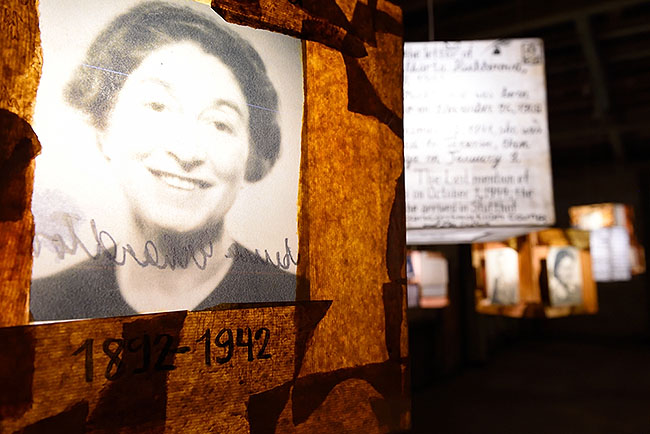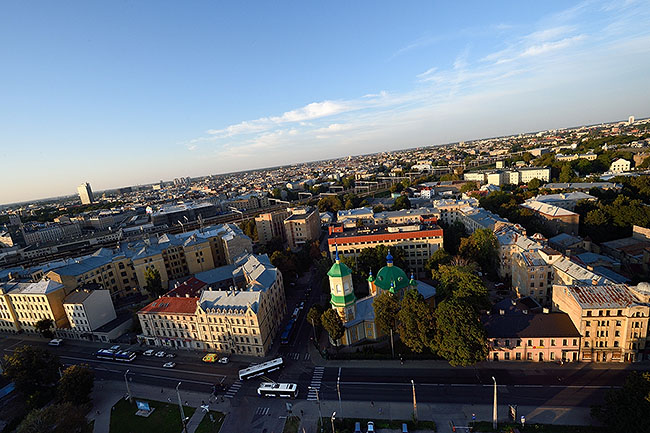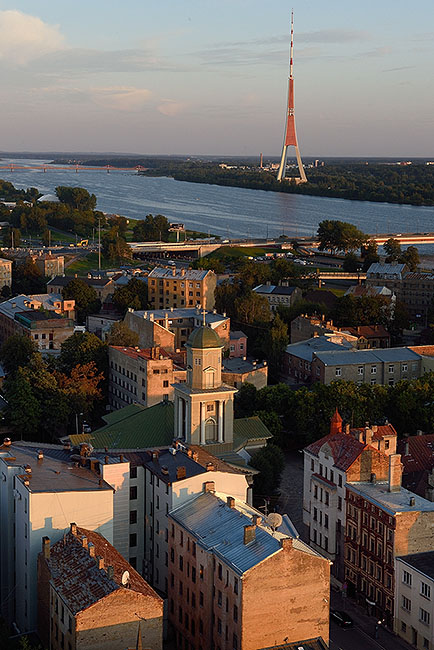Riga is the capital city of Latvia, a small-by-American-standards country in northern Europe. Now you know. I boorishly posted A Day in Minsk without telling you what, where or when a “Minsk” is, likely spurred irritable searches in browser address bars. Sorry. As if you didn’t already have enough grief in life without my bungling!
Latvia joined the European Union in 2004 and adopted the euro as coin-of-the-realm in 2014. I can’t figure out when or how it joined the Schengen Area, but know it’s in it, and know it matters; travelers journeying country-to-country inside the Schengen Area needn’t contend with border controls.
My Spain home turf is also an in-the-EU, in-the-Schengen user-of-euros. I could buy a 10€ three day transit card in Riga with the same cabbage I carry in Madrid, and slip my Spain SIM card back into my smartphone to chat up the other snaggletoothed oldsters about Hipercor underwear sales without fear of ruinous out-of-the-EU charges. Riga airport border control had inspected my Spain ID and asked questions before stamping my passport to let me back into the EU. My upcoming, inside-the-Schengen-Area nonstop to Madrid would require nothing similar.
So I felt like I was home, in a way. Or much closer to home than I’d felt in Minsk or Kyiv. I presumed that I would find many more English speakers in Riga than in Kyiv or Minsk, and did. Latvia isn’t as bucks up as other countries in the OECD, but is in it, and the touristy old town blocks I haunted synced with my expectations of a safe, cozy, visitable, touristy old town elsewhere in Northern Europe.

The photo above belongs to the old town, was snapped scant blocks from the heart-of-Riga Dome Square. As for the shot that leads off this post: visitors can expect this view while gazing southwest from the seventeenth floor observation deck of the Latvian Academy of Sciences. 6€ for grown-ups, 0€ for little ones, and open until 22:00 at night. A lens wielder can bag a golden-rays-of-the-setting-sun photo even in late June, when Riga offers nearly eighteen hours of daylight.
You’re wondering about the tower on the far side of the river in this shot. I did. After what must have been a savage debate, Riga christened it with a novel name: the Riga Radio and Television Tower. Tallest in the European Union! The tower includes a restaurant and observation deck, is now closed for renovation, won’t reopen to visitors until 2023.
* * * * *
A succession of invaders have expropriated the acres of present day Latvia in ages past: the Germans, from centuries thirteen to sixteen, followed by Poles, Swedes and, eventually, Russians, who gobbled up Latvia as part of the Russian empire in 1710.
The twentieth century was especially brutal. The Russians returned, communists now; they commandeered a ritzy apartment building in Riga’s city center, bemonstered it into the “Corner House,” KGB headquarters, there murdered, tortured and imprisoned Latvia nationalists from ’40 to ’41 and again for nearly a half century after WWII. The Nazis had driven the Soviets out for three years in the interim, had thrown open the Corner House’s doors to reveal Soviet depravity. They had contemplated barbarities of their own: herding the city’s Jews into a waterfront ghetto, slaughtered twenty-five thousand in or en route to the nearby Rumbula forest. Rumbula was the second largest two day Holocaust atrocity after Babi Yar.

Today both the KGB building and a Riga ghetto museum are open to visitors. I heartily recommend the Corner House’s one hour guided tour. A Russian-born Latvian met participants in the exhibition room, chaperoned us through bleak corridors, interrogation room, cells, an execution chamber. A virtual tour is online, as are subtitled-in-English interviews with former prisoners.
My walk to the ghetto museum took me through blocks that had belonged to the original ghetto, described in another virtual tour. The shot above is from the museum’s 3000 Fates exhibit, dedicated to Jews sent to Riga from the Terezin camp in Czechoslovakia. Shown: Anna Erdhardtová, deported by the Nazis from Prague to Terezin, then to Riga. No, she didn’t make it through the war.
* * * * *
Riga offers buses, trolleybuses and trams. You’d think that a visiting transit geek could handily tap up a route with an online route planner, but I struggled mightily to do so, perhaps because I now use a móvil usually untethered to Google Play. (As described in my Modding my Smartphone post.)
My smartphone static map still knew where I was, still furnished a GPS signal that turned into a little directional arrow as I roamed from block to block. The online Riga transit planner had no idea where I was in Latvia. Neither did two alternatives. I had to memorize my starting point, return to the route planner, move the little map pin dealie around to tell it where I was, then swish around a second pin to show my destination.
Kind of a bother. Easy to make mistakes. (I did, once.) Everything might have worked Jim-Dandily if I had restored a copy of my smartphone OS that signs in to Google Play, and delivers

second-to-second news of my global whereabouts to Google’s international surveillance system. I’m stubborn. I walked a lot.
(Musing) I wonder if ‘metro’ qualifies as the world’s true first international language. If you can figure out how to ride from subway station A to B in Manhattan or San Francisco, you should be able to do so the same in Kyiv, Shanghai or Santiago, at least once you figure out how to deal with fare payment. I know of no global metro IC card, at least not yet.
* * * * *
I shall now pull hard on the tiller, and devote the rest of this post to a mull on the most important takeaway of my Kyiv-Minsk-Riga trip:
Riga would speak Latvian, as Minsk would speak Belarusian, as Kyiv would speak Ukrainian. That was what I’d expected before I left Madrid. Or sort of expected, without reflecting on my three years in Spain. Without asking myself to think.
Never mind that Belarus’ Luvachenko is still pals with Putin (or frenemies, at least), that Latvia and the Ukraine had been Soviet fiefdoms until 1991 and that before ’91 untold scores of Russians must have moved to the far-flung countries of the USSR, just as gold-craving Americans had felt free to homestead in California after the Bear Flag revolt and statehood. They were still separate countries. I wasn’t planning to visit Zilupe, eight miles from the Russia border, but if I did I assumed that everyone in Zilupe would speak Latvian and not understand a word of Russian, and that if I then crossed the border to a gas station in Tnk and asked the Russian pump jockey Kā lai es tieku uz vilcienu staciju? in Latvian he’d just blink and stare at me.
Today, I think otherwise. More than a third of Latvians speak Russian at home. Latvia hasn’t forgotten life under the Soviet thumb, voted overwhelmingly to deny Russian the status of official language … but also elected ethnic Russian Nils Ušakovs as Riga mayor, despite the ties of his political party to Putin’s United Russia. To me that spells “nuanced, complicated relationship,” something ripe for misunderstanding by a clueless outsider like me.
Back to Kyiv. The Moscow propaganda news service RT is obviously uneager to primp the rep of mayor Vitali Klitschko; Klitschko, in turn, told Al Jazeera — in this clip, at about 4:35 minutes — that Russia is trying to get its empire back, a sentiment I also heard expressed in the Kyiv meetup group. But Klitschko himself is the fluent Russian-speaking son of a Soviet Air Force major general. He might be loathe to casually shoot the breeze with a United Russia apparatchik, but could. A mother tongue fluency level binds, can matter as much as a passport.
Let’s say that the Soviet Union never should have happened. Many marriages shouldn’t have happened, either. But they do happen, and in their wake leave children, mortgages, shared assets. Breakups are complicated. Estranged spouses will speak again, despite ill will, and when they do they won’t speak as strangers.
* * * * *
Interested in eyeballing higher-res copies of the pix? You can:
